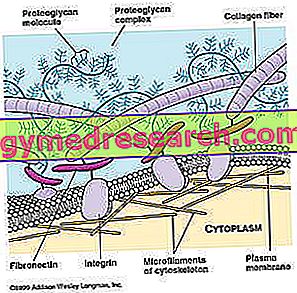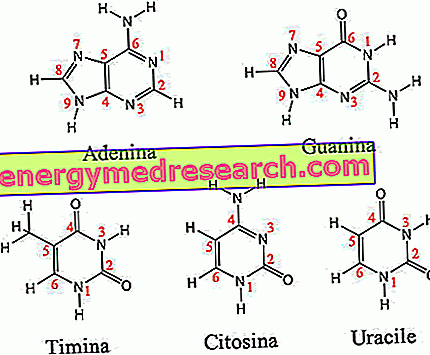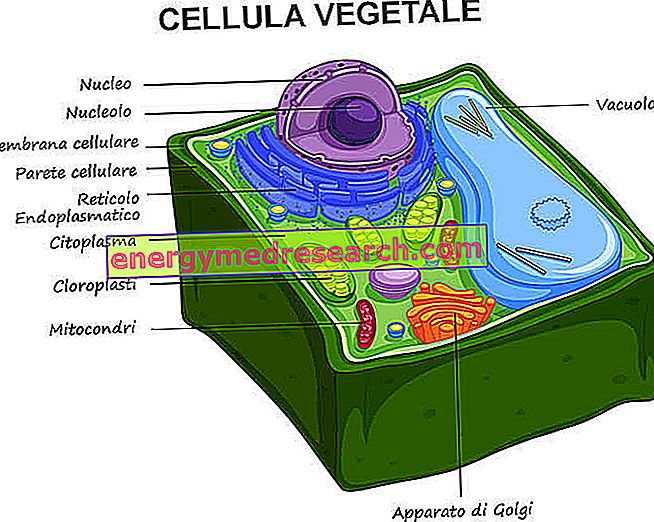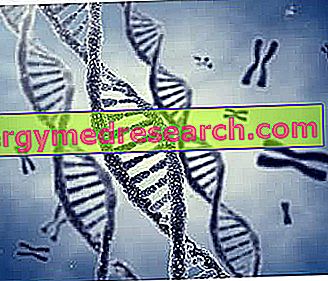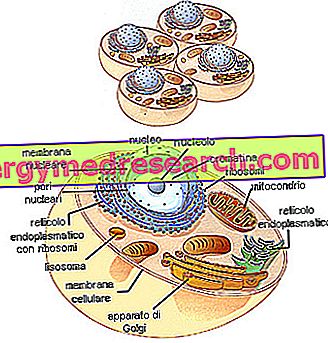By Dr. Giovanni Chetta General index Premise Extra-cellular matrix (MEC) Introduction Structural proteins Specialized proteins Glucosaminoglycans (GAGs) and proteoglycans (PGs) The extracellular network Remodeling of the MEC MEC and pathologies Connective tissue Introduction Connective band Fascial mechanoceptors myofibroblasts Deep-band biomechanics Viscoelasticity of the fascia Posture and tensegrity Dynamic balance Function and structure Tensegrity Praise to the propeller The engine of man's specific motion Static
Category biology
Introduction Among the most known variants of symbiosis, commensalism plays a cardinal role: we are talking about a relationship established between two living organisms - known as commensals - in which a protagonist of the relationship takes advantage of it, while the other does not benefit from any benefit, nor is it damaged in any way
If a cell in mitosis is subjected to the action of substances such as colchicine, called mitotic, or antimitotic, or still statmocinetic, the mechanism of migration of centromeres in the melt is blocked and the chromosomes remain at the metaphase stage. With appropriate techniques it is possible to fix, photograph and enlarge the chromosomes, arranging them in a series ordered according to well-defined classification criteria (relative position of the centromere and size)
The eukaryotic type cell can be schematically divided into three main parts: the nucleus, the cytoplasm and a complex of membranes; in the cytoplasm there are also several other organelles. Dimensions and Cell Forms Most cells that make up the plant, or animal. it has diameters between 10 and 30 micrometers
The cytoplasm is the substance, prevalently colloidal in structure, included between the plasma membrane and the nuclear membrane. Molecules of smaller metabolites are dissolved in the cytoplasm: macromolecules. These can remain in the solution or gel state, thus causing changes in the cytoplasmic fluidity
The continuity of living organisms is a general law that manifests itself differently in prokaryotic and eukaryotic, unicellular and multicellular organisms. The dividing cells go through a regular series of events that represent the cell cycle. The completion of the cycle requires variable periods of time, depending on the type of cell and external factors, such as the temperature or nutrients available
EXAMPLES OF CELL DIFFERENTIATION The unity of a cell of a single-celled organism will take forms and structures, the most diverse, depending on the environment, the type of metabolism, etc. The increasing complexity of multicellular organisms and the individual cells that compose them come to assume increasingly specialized structures and functions, differentiating themselves in a varied (and more or less extreme) way from the cell type
Generality The nitrogenous bases are aromatic heterocyclic organic compounds, containing nitrogen atoms, which take part in the formation of nucleotides. Fruit of the union of a nitrogenous base, a pentose (ie a sugar with 5 carbon atoms) and a phosphate group, nucleotides are the molecular units that make up the nucleic acids DNA and RNA
The plant cell has some peculiarities that allow it to be distinguished from the animal; these include highly specific structures, such as the cell wall, vacuoles and plastids. Cell wall The cell wall constitutes the outer covering of the cell and represents a sort of rigid envelope formed essentially of cellulose; its particular robustness protects and supports the plant cell, but the reduced permeability hinders the exchanges with the other cells
Generality Nucleic acids are the great biological molecules DNA and RNA, whose presence and proper functioning, inside living cells, are fundamental for the survival of the latter. A generic nucleic acid derives from the union, in linear chains, of a high number of nucleotides. Figure: DNA molecule. Nucleotides are small molecules, in which three elements are involved: a phosphate group, a nitrogenous base and a sugar with 5 carbon atoms
THE GOLGI APPARATUS It is a complex of smooth membranes collected to form flattened sacks (cisterns or saccula) leaning against each other and often arranged concentrically, enclosing portions of cytoplasm rich in vacuoles. The edges of the cisterns, especially in the vegetables, are jagged; often, parts of them detach to form vesicles, which are small cavities enclosed in a membrane

